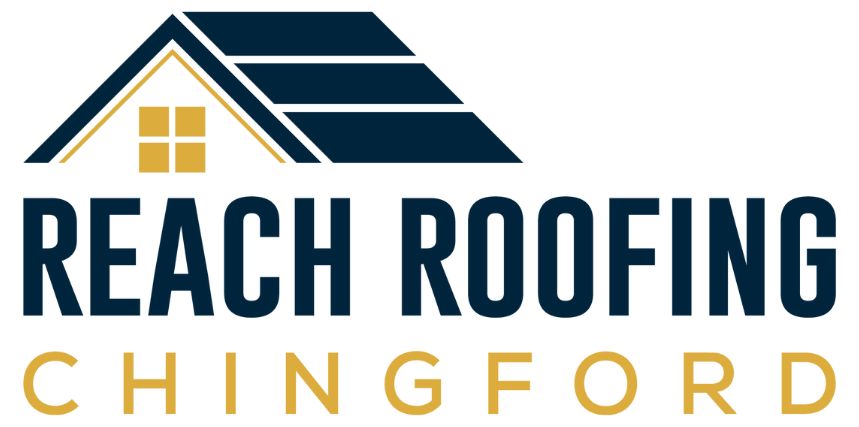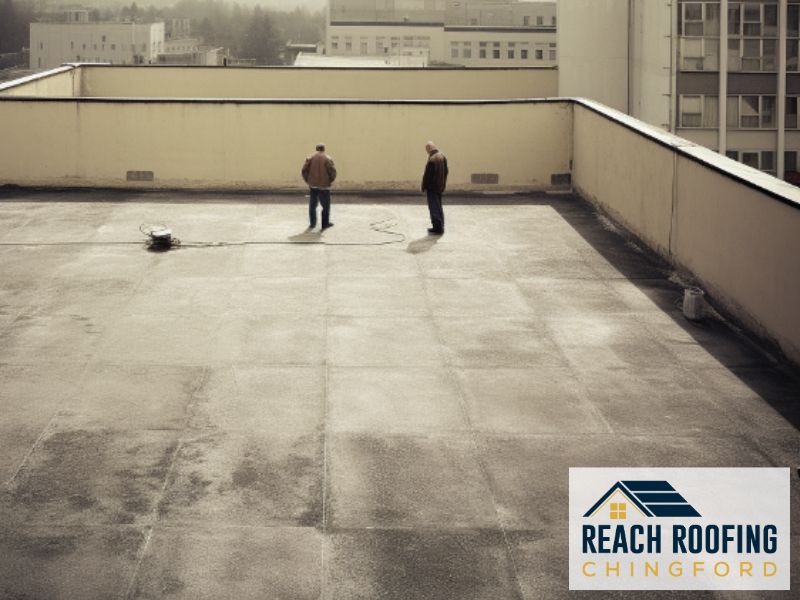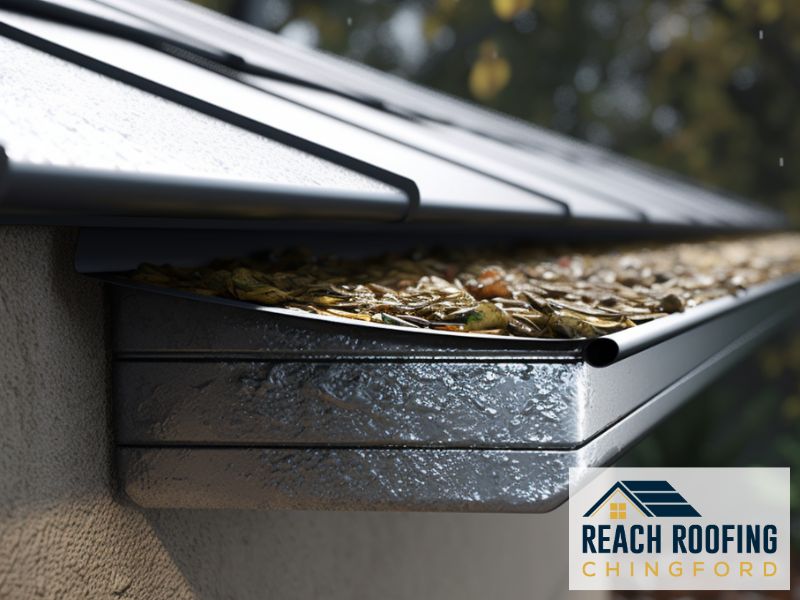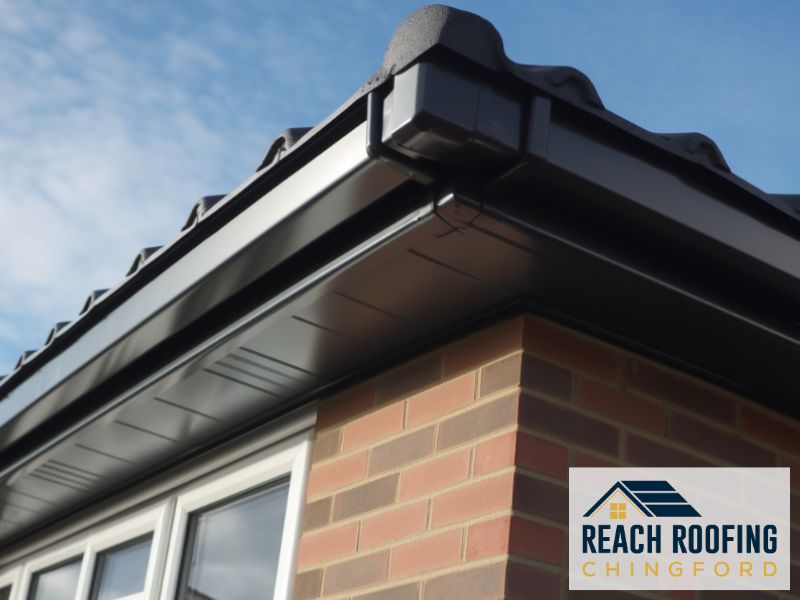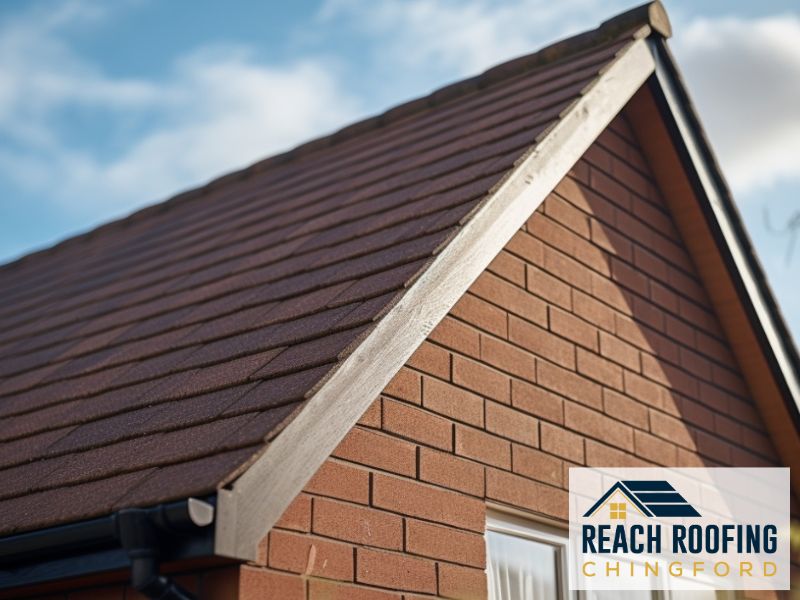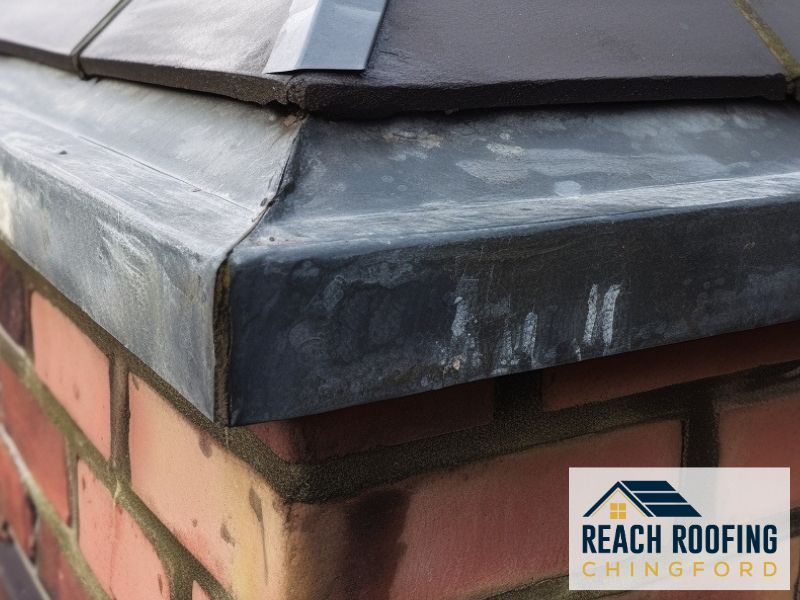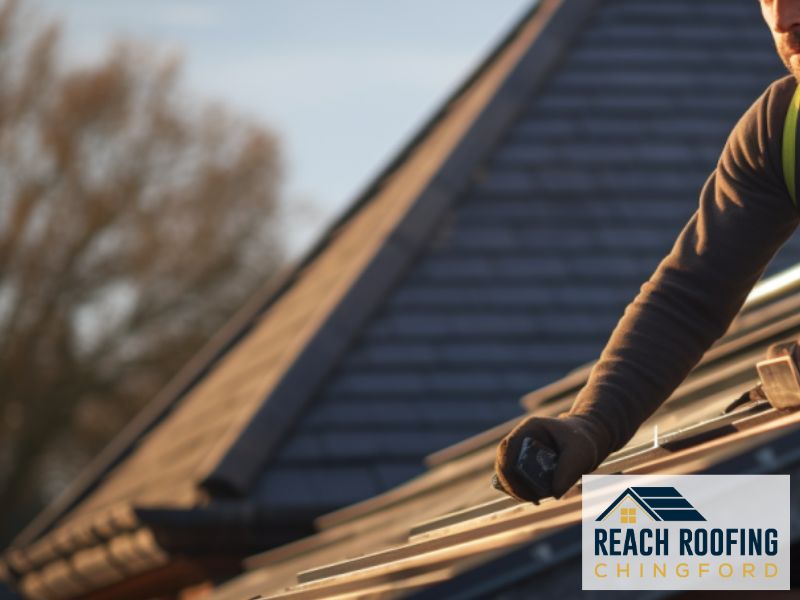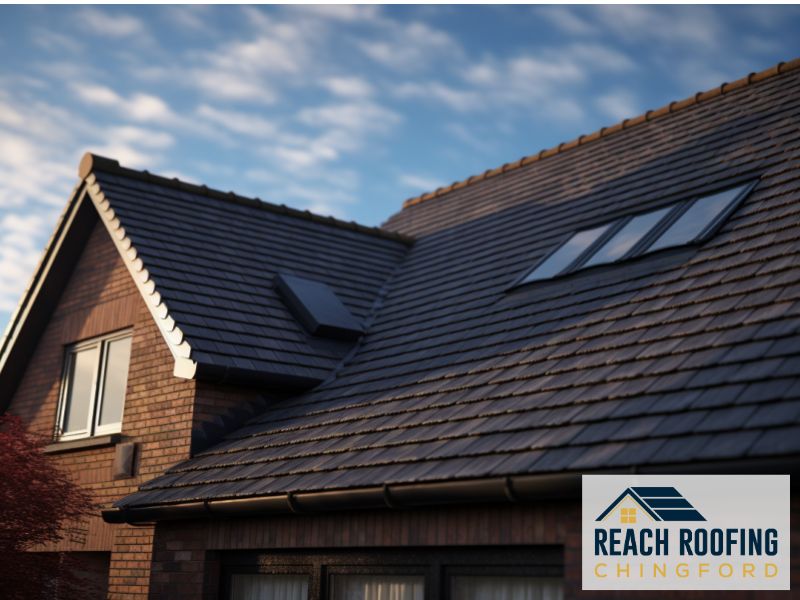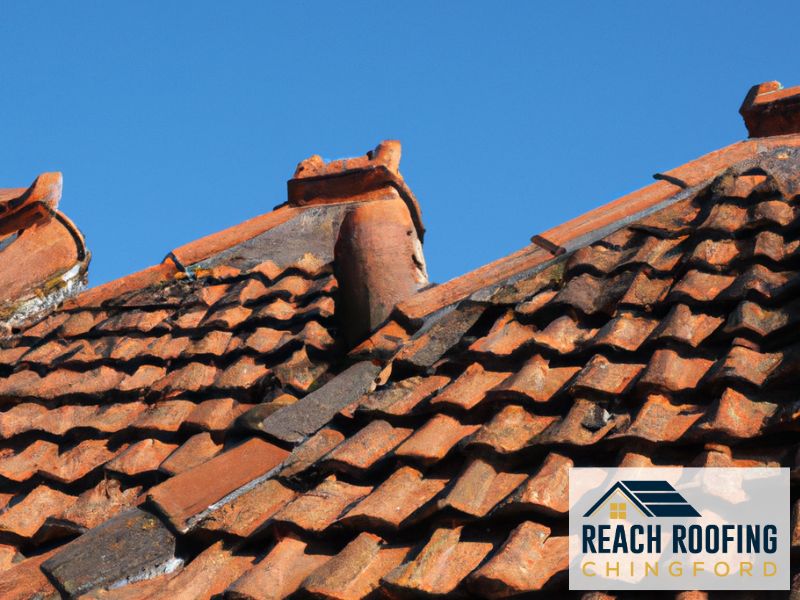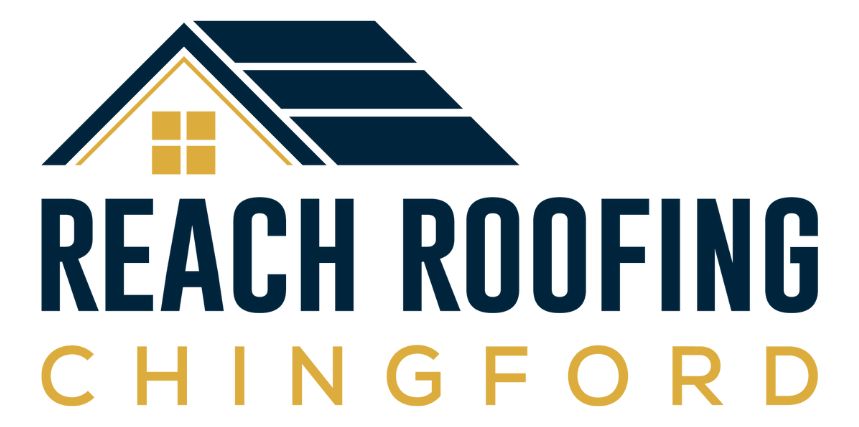Flat roofs are very common in the UK, but they require regular maintenance and protection to prevent issues like leaks, ponding water damage, and material degradation. The cool, damp climate in the UK can be particularly hard on flat roofing materials if they are not properly protected.
Understanding Flat Roof Materials
There are three main types of flat roof materials used in the UK:
Bitumen (Felt) Roofing
- Bitumen, also known as felt or asphalt roofing, is one of the most widely used flat roof materials due to its affordability and water resistance.
- It is comprised of saturated roofing felts made using bitumen, a waterproof substance derived from petroleum processing.
- Advantages – inexpensive, easy to install and repair, durable against weathering and degradation when properly maintained.
- Disadvantages – Not the most aesthetically pleasing, prone to algae/moss growth if not protected. Needs reapplication of coats over time.
- Protection Methods
- Apply high-quality bituminous paint coats regularly, every 2-5 years
- Install protective chippings over final bitumen coat
- Inspect and clear debris/moss every fall and spring
EPDM (Rubber) Roofing
- EPDM (ethylene propylene diene terpolymer) is a synthetic rubber-type material used for flat roof coverings.
- Flexible and durable, EPDM can last over 50 years with proper protection.
- Characteristics – Single-ply sheets, durable, weather/UV/ozone resistant, flexible across wide temperature range
- Vulnerabilities – Can be punctured by falling debris, prone to damage from ponding water and leaves
- Protection Strategies:
- Install walkways in high foot traffic areas
- Use plastic sheeting as drop cloth when working on roof
- Inspect and clear ponding areas after storms
- Apply protective UV coating
- Seal any punctures immediately
PVC (Vinyl) Roofing
- Polyvinyl chloride (PVC) roofing utilizes plastic polymer sheets for an affordable single-ply flat roof covering.
- Key Features – Very lightweight but durable, weather/chemical resistant, easy to install
- Potential Issues – Can become brittle and crack over time, prone to damage from sunlight exposure
- Protection Best Practices
- Ensure proper slope and drainage to prevent standing water
- Apply reflective coating to protect from UV rays
- Install walkways over high traffic areas
- Inspect for cracks and re-seal as needed every 2-3 years
Considerations for Material-Specific Protection
There are some important factors to consider when deciding how to protect flat roofs in the UK climate based on the specific roofing material used:
- The cool, wet climate makes materials prone to algae and moss growth which should be prevented through biannual debris clearance and using reflective treatments on bitumen roofs.
- UV exposure takes a toll on many common flat roof materials. Regular reapplication of protective UV-resistant coatings prevents degradation.
- Freezing temperatures can damage some materials through expansion and contraction over time. Utilize winter-grade sealants as needed.
- Ponding water accelerates deterioration of all roofing materials. Ensure proper slope and drainage, clear debris from drains and valleys.
Regular Maintenance Practices
Consistent roof maintenance is vital for identifying and addressing issues early on before they cause serious flat roof damage or leaks.
Inspection Routine
- At minimum, flat roofs should be inspected twice per year – in fall and spring. Additional summer inspections may be prudent as well.
- Inspections involve thoroughly looking over the entire roof surface area and periphery for any signs of damage, deterioration, improper drainage issues, debris accumulation, cracks/holes, and more.
- It is safest and most effective to have professional roofers conduct inspections.
- Key areas to focus on include roofing material seams, flashing, protrusions like vents/ducts, perimeter edges, and existing repairs.
- Even small issues like minor pooling water or surface debris should be addressed promptly.
Clearing Debris
- Leaves, branches, airborne soil sediment, moss, and more inevitably accumulate on flat roof surfaces in the UK climate.
- It is critical to fully remove all debris shortly after it occurs on roofs before it can trap moisture and cause damage.
- Clearing debris correctly involves fully sweeping the roof using soft-bristle brooms and taking care not to damage roofing materials in the process.
- Professionals use flat shovels, scrapers, and stiff yard brooms designed not to scratch roof coatings.
- Pay special attention to clearing debris from drains, scuppers, gutters, and anywhere water pools.
Cleaning and Drainage
- Even with debris removal, roofs still require occasional deep cleaning using tri-sodium phosphate (TSP) cleaners to prevent buildup and growth of algae, fungi, and moss on bitumen and other roofing materials.
- Professionals should perform chemical roof cleaning using the appropriate ratio of cleaner to water and rinsing thoroughly after.
- Related to cleaning, it is critical to ensure flat roofs retain proper slope and drainage to prevent pooling water leading to excess roof wear and potential leaks.
- Any apparent drainage issues like flooding or evidence of standing water for over 48 hours after storms demands immediate attention and remedy.
Protective Coatings and Treatments
Applying quality protective coatings and sealants is one of the best ways to shield flat roofing materials from degradation and extend the effective lifespan of the roof.
Overview of Roof Coatings
- Liquid-applied protective roof coatings provide a continuous waterproof membrane and also reflect sunlight and resist wind uplift forces.
- Roof coating options:
- Acrylic elastomers – Offer effective UV protection and water resistance. Require occasional reapplication.
- Silicone coatings – Repel water and withstand ponding. Best for aging roofs.
- Aluminized coatings – Reflect over 90% of sunlight to reduce heat damage.
- Correct coating depends on roof material, climate conditions, and specific vulnerabilities the roof faces.
Application Techniques
- Roof coatings can be self-applied on smaller flat roofs with some technical skill. But professional application by an experienced roofer is highly recommended, especially on aging or fragile roofs.
- Proper preparation is crucial – the roof surface must be fully cleaned, dried, and repaired beforehand. Professionals also use primer.
- Rollers, squeegees or spray equipment help achieve efficient, even application across the entire roof.
- Safety is paramount when applying coatings on roofs. Harness anchorage points should be installed and used along with other fall precautions.
Maintaining Effectiveness of Coatings
- Initially roof coatings last 3-10 years typically. Though maximum coating lifespans can approach 20 years.
- Signifying the coating needs reapplication:
- Color fading, flaking, blistering
- Accumulation of grime, particles
- Evidence of erosion, especially around roof protrusions
- To maintain effectiveness:
- Repair localized flaws promptly before recoating
- Wash roof using TSP cleaner before reapplying
- Ensure proper adhesion with careful application

Frequently Asked Questions
Can I walk on my flat roof?
- It’s best to minimize foot traffic on flat roofs when possible. But sometimes access is unavoidable for inspections, clearing debris, repairs or other essential upkeep.
- For bitumen and rubber roofing materials, ensure walkways are kept clear and debris that could puncture the surface is removed. Wear shoes with thick, soft soles only.
- PVC and coated metal roofs can typically support more foot traffic without damage. But use caution nonetheless.
How often should I inspect my flat roof?
- Flat roofs in the UK climate should be inspected at minimum twice per year – spring and fall. Additional summer inspection after periods of heavy storms helps catch issues early too.
- Highly prone flat roofs may demand quarterly inspections, especially if covered with aging bitumen or poorly draining.
What are the signs of flat roof damage?
- Visible signs of roof damage:
- Cracking, blistering, punctures, tears of roofing material
- Ponding water for over 48 hours after storms
- Evidence of water leakage on interior ceilings
- Dark black algae or moss growth
- Drainage pipes pulling away from roof edges
- Catching small damage early on roof inspections – before leaks occur inside – is essential to prevent costly repairs later.
Are there environmentally friendly protection options?
Yes, there are a few great eco-friendly options for protecting flat roofs:
- Green roofs with drought-resistant plantings offer natural insulation and drainage.
- Cool roofs made of highly reflective white membrane materials reduce heat.
- Recycled plastic for durable PVC roofing sheets avoids waste.
- Using natural oils in place of petroleum-based bitumen coatings.
- Maintaining good roof health through debris composting.
In addition to using sustainable materials, taking proper care of roofs greatly reduces ecological impact compared to premature replacement.
Can I perform flat roof protection in winter?
- Winter roof protection is possible but presents challenges. Icy conditions make inspections and repair work hazardous.
- Use extreme caution navigating icy roofs and delay non-emergency work until spring or warmer spells if possible.
- Choosing professional winter-grade sealants suitable for cooler application is crucial for any urgent cold weather repairs.
- Temporary slip-resistant walkways should be installed over high foot traffic areas as well.
- Ensure drainage pathways, gutters and downspouts remain free of packed snow and ice dams throughout winter.
Chingford roofers recommend regular maintenance and the use of durable materials to protect flat roofs from water damage and leaks.
Thanks for reading our post, feel free to check out our other services:
- Chimney Repairs
- Commercial Roofing
- Flat Roofing
- Guttering, Soffits and Fascias
- Lead Roofing & Leadwork
- Pitched Roofing
- Roof Repairs
- Roof Replacement & New Roofs
- Skylights & Roof Windows
- Slate Roofing
